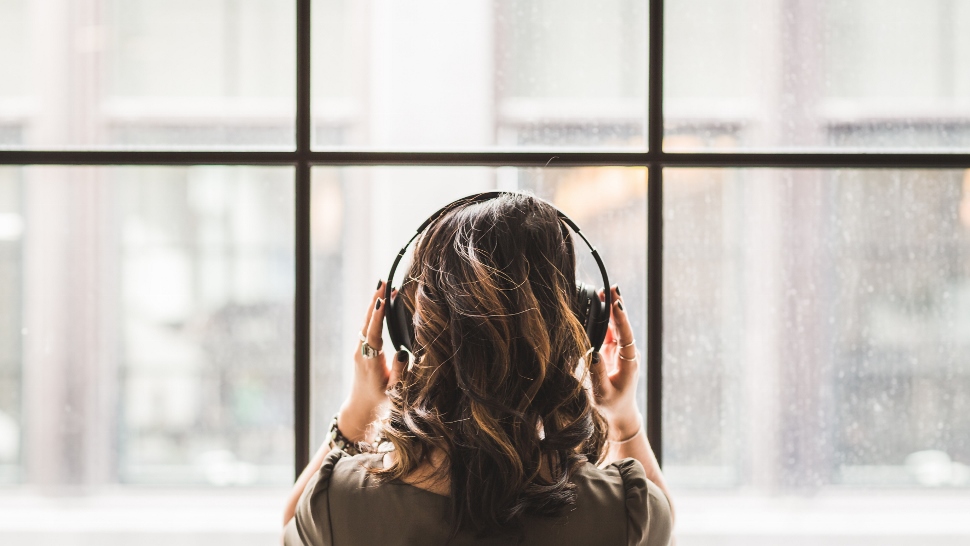
Plenty of us engage in the habit of listening to music (or podcasts or the news, etc.) at work for a variety of reasons (especially for productivity).
In fact, a study of over 800 people completed in July by AVSForum.com (a group of audio-visual experts) says 72 percent of people working in an open floor plan wear headphones at times, while 66 percent that work in closed off cubicles do so.
While you probably don’t even think about it before you slap those headphones on, other people are thinking certain things about you when you’re wearing them.
For the most part, you’re probably sending the exact message that you want to: “Leave me the hell alone.” But there are also unintended perceptions being created. When employees in the study were asked what impression co-workers give off when wearing headphones, here were the responses:
- Want to be left alone: 27 percent
- Focused: 22 percent
- Busy: 17 percent
- Love music/music quality: 16 percent
- Rude/pretentious: 9 percent
Interestingly, the perception of being pretentious tripled when co-workers were wearing in-ear headphones (like AirPods). And the rude number would certainly skyrocket if you were caught wearing the headphones in a covert attempt to listen in on other people’s conversations, which more than 33 percent of respondents admitted to having done.
All told, two-thirds of everyone at work is taking away that you’re busy, trying to focus, and want to be left alone when you wear headphones. If you can live with anyone seeing your wearing headphones as pretentious, it’s well worth it because the study showed (as you’d expect) people that choose to wear headphones at work see themselves as more productive.
In case you can’t live with anyone seeing you as pretentious, here are three other ways to ensure you’re left alone so you can get work done.
1. Be clear that you can’t talk now, and clear about when you can.
It’s never easy to shoo someone away without feeling like a jerk, but I’ve found it helpful to offer up an alternative. It’s the same idea as for times when you don’t want to say “no” to a request from a boss, so you give them a qualified “no” (“I can’t do that but here is another way/someone else who could help you”). Say that you can’t talk now, but tell them when you can.
When responding to your interrupter, put your energy behind telling them when you can talk, mentioning almost as an aside that it isn’t right now. “I can’t talk now (low energy), but…(high energy).” You get the idea.
2. Visibly label blocks of time set aside for working hours.
Some people are just visual, so give them a visual alternative to the earphones. Clearly mark your calendar as “Scheduled work time” for certain blocks or even make a sign to hang on your door or cubicle wall. One boss I had used a big sign that said “Closed Office Hours” (with the timeframe written) and underneath it, “Open Office Hours” (with the corresponding timeframe). This sent the visible message that there were times she was working in a “do not interrupt” block and times when she was open to visitors.
3. Pick up on patterns to the interruptions, and head them off.
I used to notice more interruptions right before a certain weekly meeting, as everyone was scrambling last minute to be prepared. Same for the few days right before a customer call–people would get caught up in last-minute preparations, making their emergency your emergency.
Spotting patterns like this helped. I’d playfully send out messages in advance reminding everyone that their emergency is not everyone else’s emergency (so don’t create office chaos before sales calls), or I’d even make myself scarce during “heavy interruption” windows.
All in all, I say let the music play on. Slap on those headphones, slap away interrupters (not literally please), and slap a high-five to your cubicle neighbor for being more productive.
Unless they have headphones on.




Leave a Reply